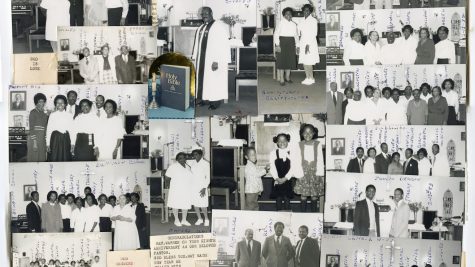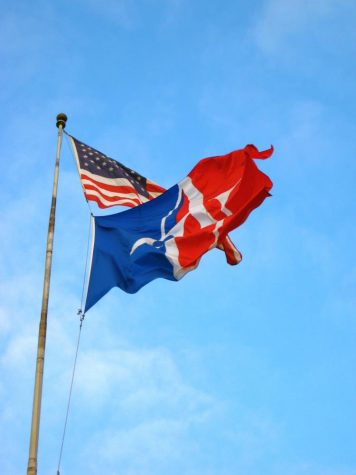Up In Smoke: The Politics of the AU Smoking Ban
Walking around campus, it isn’t hard to find cigarette butts strewn about the quad, or to find yourself walking by the occasional hidden puff of smoke. The infamous “smoking ambassadors,” students hired by the university to issue warnings to those smoking in non-smoking areas, are rarely seen on campus, according to students I spoke with on the quad. The ambassadors are even more rarely witnessed enforcing university policy.
When confronted about their opinion of the policy, most people clam up as if you’ve broken some unspoken rule. Many people I reached out to, both students and administration members, either refused to speak candidly about the policy or had curt responses to simply review the website.
Outside the LA Quad, I spoke with an Aramark worker who asked to remain unnamed. He expressed his negative view of the ban: “The couple of minutes we have between shifts isn’t enough time and honestly makes smoking stressful. The spots weren’t put in place to make it convenient for smokers but to hide them from the public.” Looking around, this is quite evident. Smokers’ spots have been put in small corners behind Kogod, Roper, and Bender, conveniently out of the way from parents and prospective students touring the campus.
Smokers and nonsmokers continually brought up the alienation of smokers. At a smokers’ pole behind Kogod, I spoke with junior Matthew Welborn, who believes the ban would inconvenience him more if he lived on campus. “Sometimes, someone just wants to have a smoke outside their dorm and they have to walk all the way to a pole,” Welborn said, “Once the poles go down, smokers will be forced into the same neighborhoods that already deal with the effects of American’s ‘dry’ campus every weekend.”
The campus isn’t completely tobacco-free until December, when the smoking poles will be taken down and use of tobacco in all its forms, including those that do not produce smoke, will not be allowed on university grounds. In fact, the policy bans all “oral tobacco products.” The official Tobacco-free AU website claims chewing tobacco produces a “biohazard” from users’ spit and presents nontraditional tobacco use like smoking hookah or e-cigarettes, as a “gateway” to smoking traditional cigarettes. After reviewing American’s policy, it becomes pretty clear that the concern isn’t for the health of the smokers but the affect smoking culture has on the school’s image.
Sophomore Rachel Scheinman views smoking not as a hazard but as a way to connect to her peers. “A year ago the quad was packed with kids smoking hookah. I mean if you bring hookah out here, you have twenty people who want to join,” she said, reflecting on her experience as a former smoker. “Kids stressed out from studying in the library would come out for a smoke. Now the quad is dead and there’s a reason for that,” Rachel said.
Staring at the packet given to me at an information desk with a big Thank You for Not Smoking emblazoned on the cover, I couldn’t help but agree. Another smoker outside of SIS, an area where smoking is not allowed, said it best. American’s “get healthy, no tobacco policy” exists “for [the] administration to look good at the expense of the same students who pay for their employment.”












